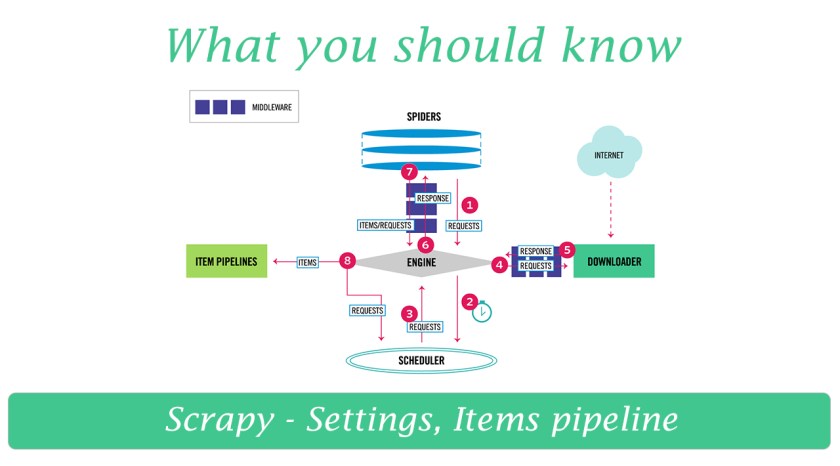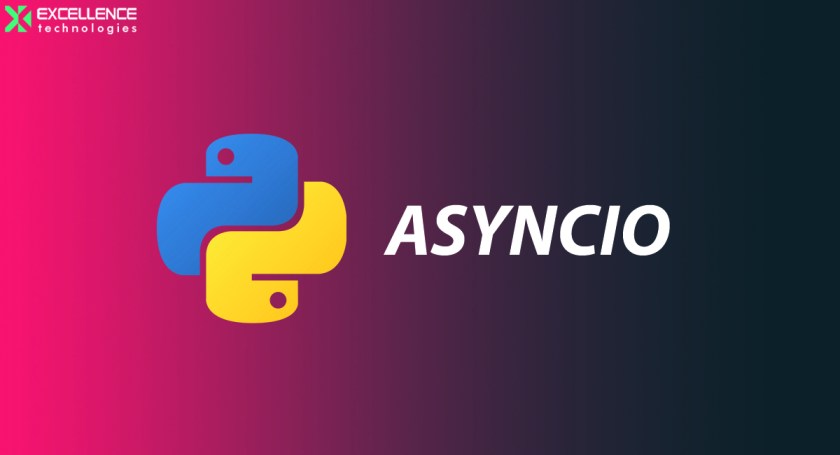


Scrapy Settings:
If you’re looking to uniquely customize your scraper, then you’ll want to learn the tips and tricks of how to do this without a hassle. Using Scrapy settings, you can conveniently customize the crawling settings of your crawler. That’s not all, scrapy also allow you to customize other items like core mechanism, pipelines, and spiders. You’ll typically find a settings.py file in your project directory that allows you to easily customize your scraper’s settings.

Custom commands or what many have come to know as management commands or utility commands are one of the essential features that are provided by python frameworks. These commands are quite useful when performing tasks that requires a lot of different methods to complete the task.

Concurrency in Python is no doubt a complex topic and one that is hard to understand. More so, it also doesn’t help that there are multiple ways to produce concurrent programs. For a lot of people, they have to deal with lots of thoughts including asking questions like,
Should I spin up multiple threads?
Use multiple processes?
Use asynchronous programming?
Here is the thing, you should use async IO when you can and use threading when you must.
so in this blog we will see how to implement fcm or Firebase Cloud Messaging services.
Till now we are seen basics of models, views, serializes everything. But the most important aspect of any project is the database operations.
In this blog post we will some db operations which were used a in a live project and get more in-depth knowledge of things.
In this part we will look how to customize admin interface
In this blog post we will see about groups/permissions.
In this part we will see about authentication for api
This is one the exciting features of DRF let’s see what it is.
In this blog post we will see more details on View Class and also router.
In this part we will see about “Views” with DRF
Let’s get started with django rest api framework as we saw in the last blog.
In this post we will mainly see about django model and database operations
Introduction:
The ability to send emails to either the users of your application or to yourself is a very nice feature to have in your web application. This blog post will demonstrate how to incorporate the sending of emails to users when they create a new account. how to confirm users’ email address.
In this blog post we will see how to deploy your python web app on any dedicated server like VPS, Amazon EC2, Google Cloud GCP etc basically any server where you have shell access and root access.
Till now in our previous blog posts we have developed our flask application, lets now see how we can deploy it to a server.
Application factory is a pattern in flask and used most of the times when we split our code based into difference files.
In the previous blog post we slow how to simply split our code, in this post we will take it further and see what is best recommended way of doing it and why.
Recent Posts
Categories
- advanced
- angular
- angularjs
- back-end-amp-database
- beginner
- blockchain
- cloud-infra-and-dev-ops
- deep-learning
- devops
- directives
- django
- ec2
- ecommerce
- express
- flutter
- general
- graphql
- ionic-framework
- machine-learning
- magento
- mean-stack
- mobile-apps
- mongodb
- mongoose
- nlp
- nodejs
- phonegap
- python
- react
- react-native
- responsive
- responsive-design
- socket.io
- uncategorized
- vuejs
- web-application
